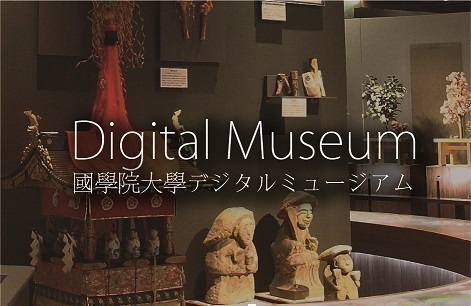- トップ
- Encyclopedia of Shinto
- Tsukinamisai (Grand Shrine of Ise)
Encyclopedia of Shinto
| Main Menu: | |
| Links: |
詳細表示 (Complete Article)
| カテゴリー1: | 5. Rites and Festivals |
|---|---|
| カテゴリー2: | Rites of the Ise Shrines |
| Title | Tsukinamisai (Grand Shrine of Ise) |
| Text | A major festival (taisai) held at the Grand Shrines of Ise (Ise Jingū) in the sixth and twelfth months. "Tsukinami" means "monthly" and this name is thought to originate in monthly festivals that were later combined into biannual events. As this festival employs norito text nearly identical to that of the Kinensai festival and is described in Ryō no gige as "resembling the household deity festival" (yakatsu kami no matsuri) of the commoners, some scholars regard it as a formalized version of an earlier folk practice of praying to a hearth deity (kamado-gami) or deity of foodstuffs (ukemochi) for an abundant harvest. Since ancient times, the biennial Tsukinamisai of Ise Jingū and the Kannamesai have been collectively called the three seasonal festivals (sanjisai or sansetsusai), because they form the three annual occasions when between dusk to dawn, a variety of "noble sacred food offerings" (yuki no ōmike) are presented. This is similar to the Niinamesai, held in the eleventh month at the Imperial Palace, as well as to the rituals held in the sixth and twelfth months, when the emperor personally offers and partakes in prepared foods (kan'imake). In its ancient form, the festival was preceded by the "ritual of the sea of sacrificial offerings" (Nienoumi shinji) in which senior priests (negi), shrine attendants (uchindo), and others from the Inner Shrine gathered "sacred sacrificial offerings"(minie) at Kamizaki in Futami (now Ise City); after the festival, the Imuke ritual of offering dried sea bream was performed at the Outer Shrine. In addition, the "Ritual Records of Both Shrines" (Ryōgū gishikichō) compiled in the Enryaku era (782-805) describes the presentation of bolts of tributary Akahiki silk to the Eastern Treasure Repository (Tōhōden) by the Outer and Inner Shrines on the 16th and 17th days of the sixth month, respectively, with no mention of ceremonial heihaku offerings. In contrast, according to the "Rules for Ritual Procedures at the Grand Shrines" (Daijingū shiki) of the Engi era (901-922), the High Priestess of Ise and the imperial envoy (chokushi) attended the festival and offerings of both heihaku and tributary silk were presented at the treasure repository. Since Ise Jingū originally split the calendar year into summer and winter seasons and had lower-ranking Shinto priests (kanbe) present their tributary taxes twice a year, Ryōgū gishikichō offer a glimpse on the ancient form of this festival, with tribute presented as sacred offerings. The prominence of the Ōmikesai suggests that the Hōheisai ceremony of offering heihaku was added by the Department of Divinities (Jingikan). The festival continued after the outbreak of the Ōnin War (1467), but the ritual of offering heihaku (hōhei) ceased. In 1872, the festival was reinstated to include only the offering of heihaku without attendance by an imperial envoy. See also Tsukinamisai . — Nakanishi Masayuki |




